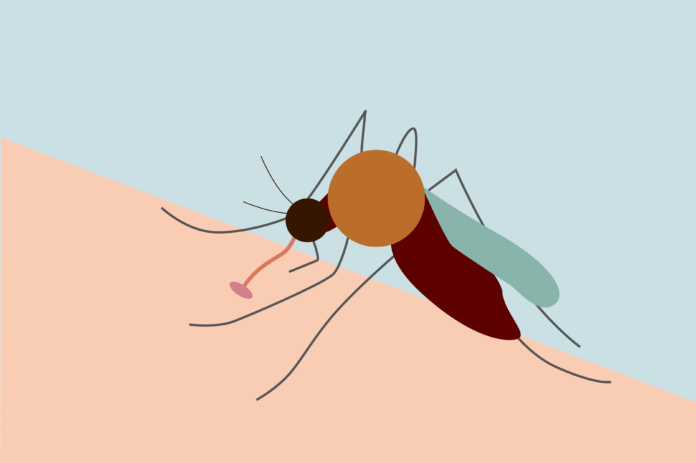Researches compiled data from a range of sources and determined that malaria is one cause of iron deficiency in African children
UC Davis researchers discovered a correlation supporting the hypothesis that malaria causes iron deficiency in African children. Researchers at the Kenyan Medical Research Institute (KEMRI) led the team that tackled this scientific inquiry alongside Assistant Professor Reina Engle-Stone and Professor Christine Stewart from the UC Davis Department of Nutrition.
According to the recent study, malaria has an estimated parasite prevalence of 24% with 213 million cases reported in 2018 in sub-Saharan Africa. Iron deficiency is responsible for over 60% of anemia cases and was found to be associated with impaired cognitive development and the leading cause of disability among children living in Africa.
Malaria can cause anemia through the destruction of parasitized and non-parasitized erythrocytes. When interrupting malaria transmission in a trial done in the Kenyan highlands, iron deficiency cases were reduced, while iron deficiency cases increased during the malaria season in Gambian and Kenyan children.
The research enabling the discovery of the correlation between iron deficiency and malaria is an example of involving larger groups of people to acquire more data sets to answer complex questions, according to Engle-Stone. The topic has been a challenge in the global field of nutrition, especially in studying the relationship between iron, infection and inflammation.
KEMRI is known for being involved with clinical, social, laboratory and epidemiological research on a local and international level, according to Chief Research Officer Dr. Norbert Peshu. Their mission is to “to deliver high quality research relevant to global health and to build local capacity for undertaking research,” according to their website. For this study, the organization needed many diverse data sets, so they reached out to different investigators who already had data from various studies that would be appropriate to include in their research efforts. The information from the shared data would make it possible for the KEMRI research team to analyze their data more efficiently.
“This is when they reached out to me about a study that we conducted in Cameroon,” Engle-Stone said.
The Cameroon study took place in 2012 when the country decided to address micronutrient deficiencies by fortifying wheat flour and cooking oil with vitamins and minerals. The researchers involved also studied inherited hemoglobin disorders, such as the sickle cell trait, and were interested in learning about anemia in Cameroon.
Studies on the sickle cell trait were instrumental in the most recent study because they allowed the researchers to avoid observation, which would put the results at risk of reverse causation and confounding. The sickle cell trait, which protects an individual against malaria, is used as a variable in the Mendelian randomization approach to reduce the bias in a researcher’s observations.
Mendelian randomization, the process of taking measured variations of genes where the function is known, makes it easier to explore the causal effect on the genes when exposed to a disease in a controlled setting, according to the CDC.
Being a part of the UC Davis Department of Nutrition has allowed Engle-Stone to be aware of iron deficiency problems in sub-Saharan Africa. The nutrition department studies many nutrient deficiencies, including iron, and many cases are located in sub-Saharan Africa. The goal of researching iron deficiency problems is to discover factors that contribute to iron deficiency and to develop interventions that safely reduce iron deficiency, according to Engle-Stone.
The safety of iron deficiency interventions are discussed among many scientists because of the growing concerns that these interventions are being provided to individuals who are not iron deficient or in areas where infection is common. The supplementation of iron can increase the risk and severity of infections, but deficiency can lead to anemia so nutritionists must work on balancing these considerations, according to Engle-Stone.
Dietary intake is a risk factor for iron deficiency in sub-Saharan Africa, according to Engle-Stone. Animal products contain more available iron than plants, and the economic barrier in sub-Saharan Africa in accessing animal products prevents individuals in the region from getting the sufficient iron required for their health.
According to Engle-Stone, subclinical infections, where a person may not experience a lot of the symptoms of malaria but will have their metabolism affected, have been reported as well. Malaria is so common in the area that standard care for pregnant women in most of sub-Saharan Africa is prophylactic treatment with anti-malarial medication. The World Health Organization recommends distributing iron supplements along with anti-malarial drugs to fight both conditions simultaneously.
“Ideally if people have access to both, the nutritional interventions will result in good prevention and treatment for malaria,” Engle-Stone said.
Written by: Francheska Torres— science@theaggie.org




